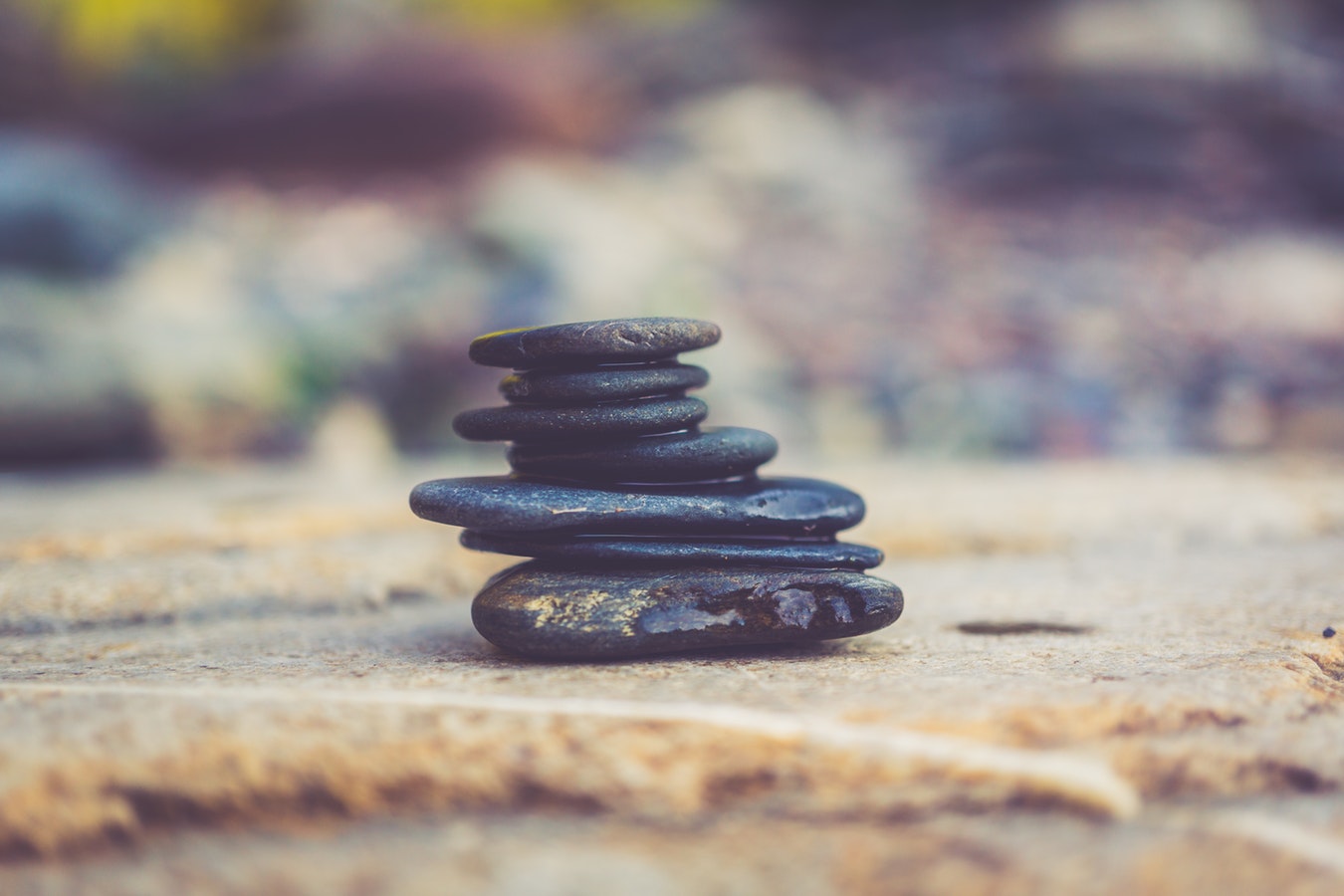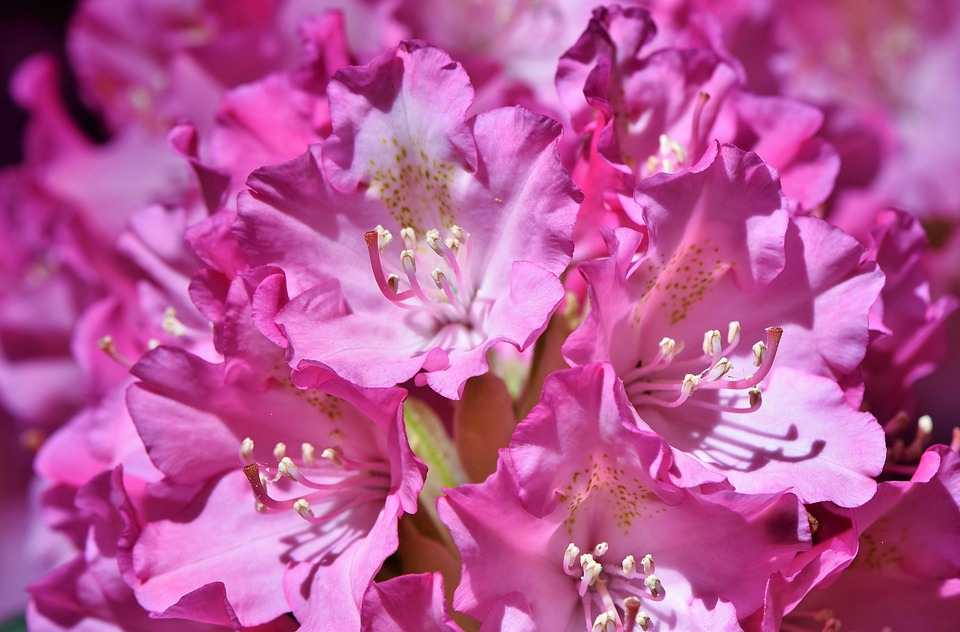In Buddhist thought, the origin of samsara may be summed up accurately in one sentence: “It is seemingly far away, but it is actually right in front of you.” Why do we say that “it is seemingly far away, but it is actually right in front of you”? As to the first part, it is because all of us have experienced birth and death endlessly within samsara and, except for the Buddha, there is nobody else who could calculate the number of times we have transmigrated within samsara. Due to the length and distance of samsara’s cycle, it is therefore stated that “it is seemingly far away”. On the other hand, every living being has experienced the beginning and end of samsara with the appearance and disappearance of birth and death, deep sleep and thought. Therefore, it could be said that the beginning of samsara is “just right in front of you”.
~ Depicted from Luminous Wisdom Book Series 3













